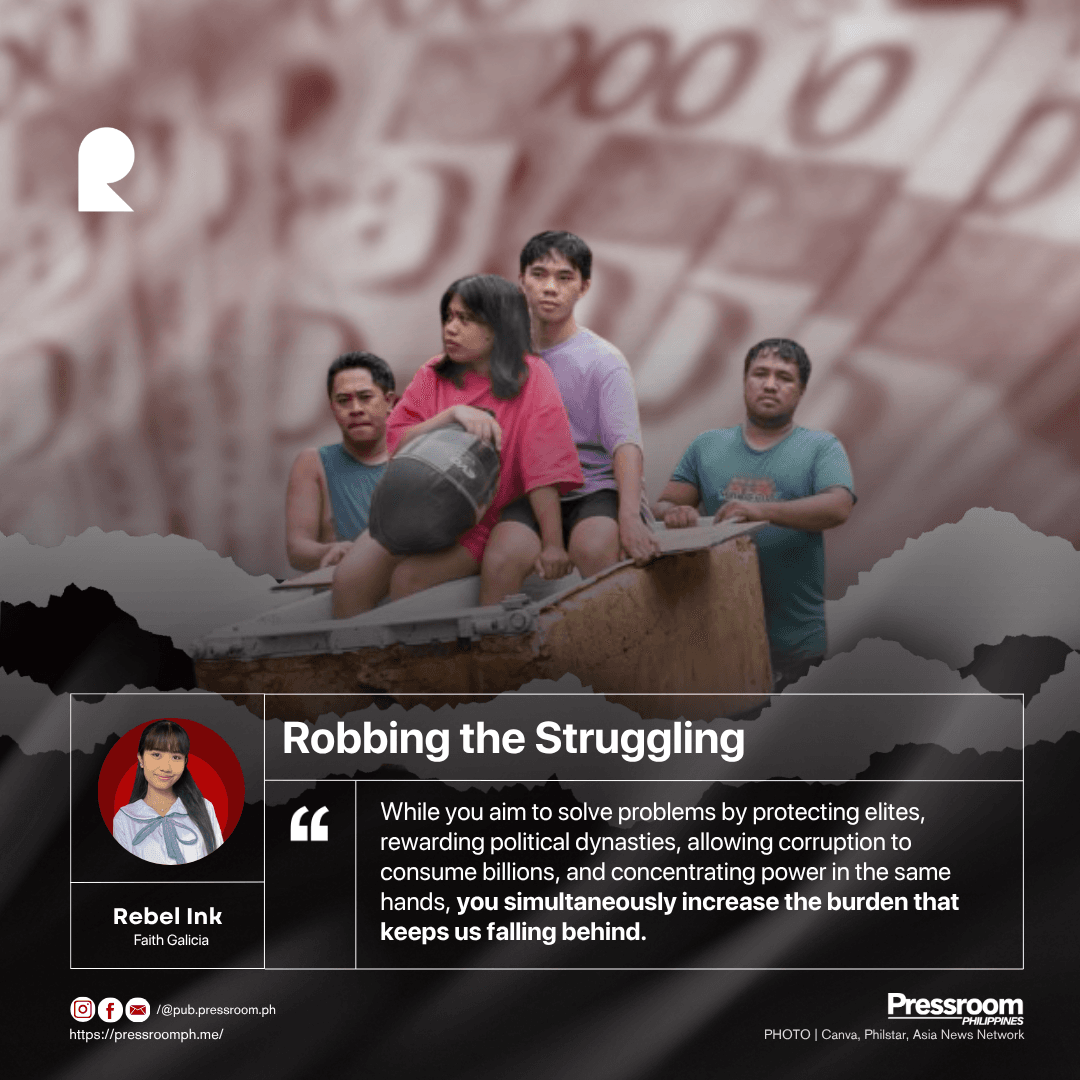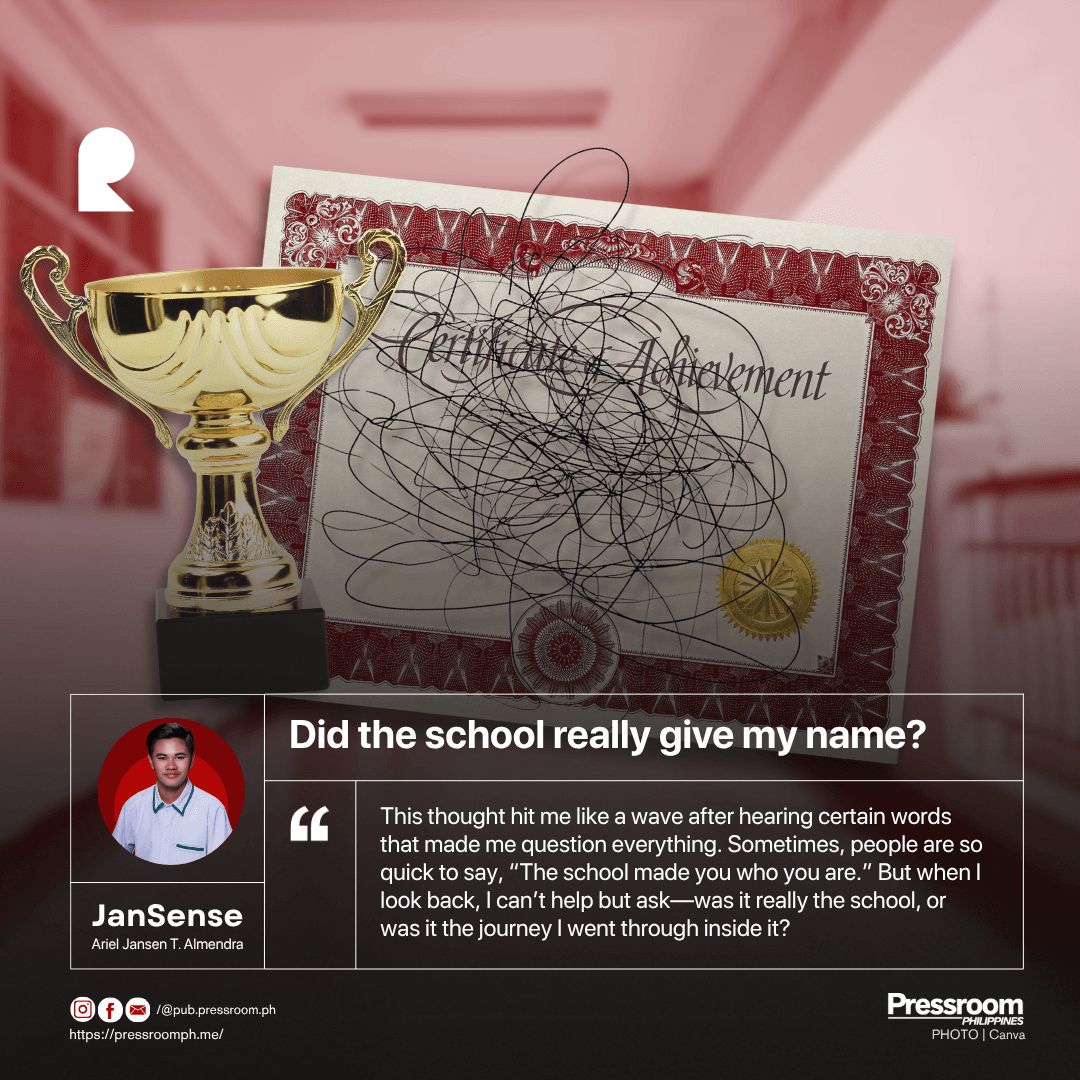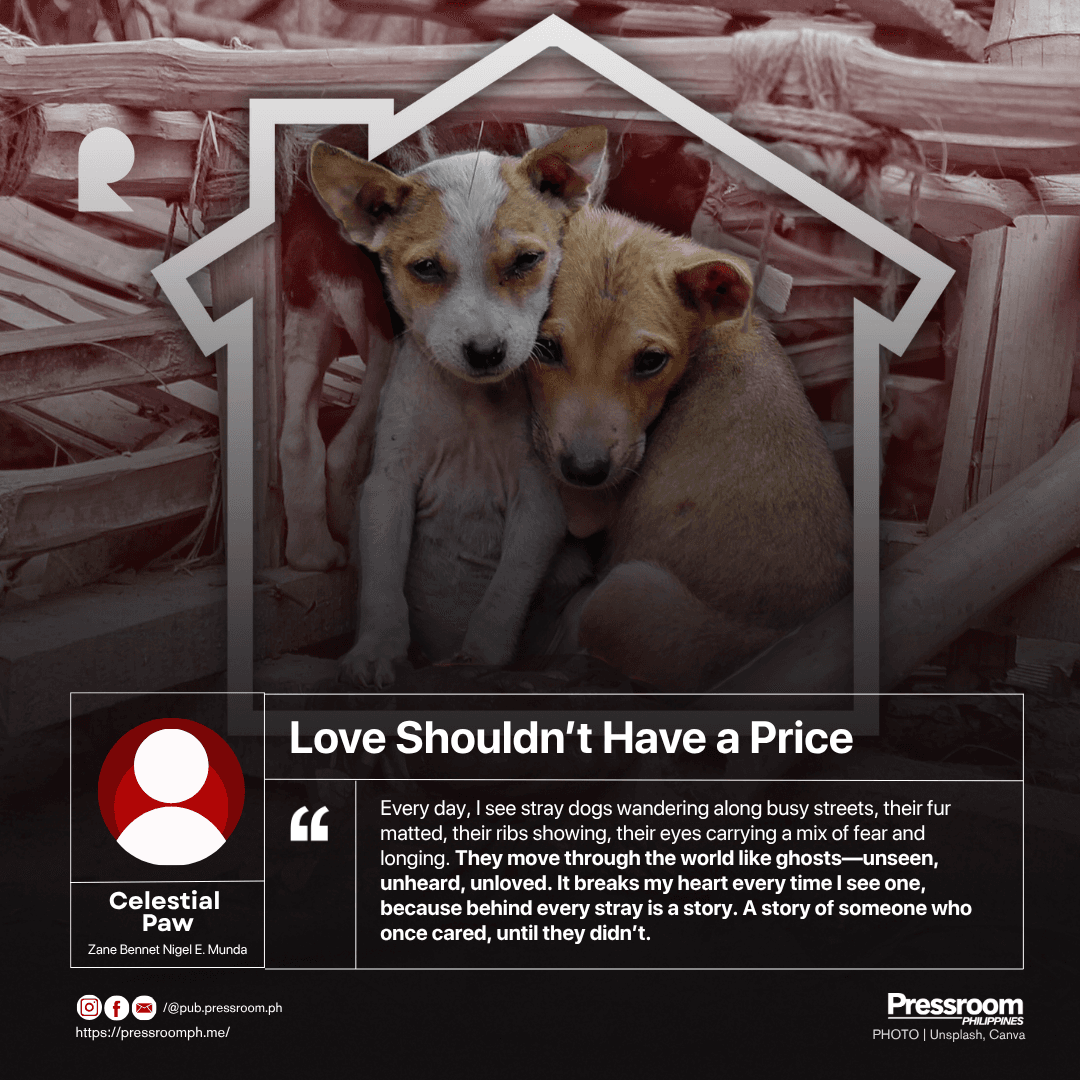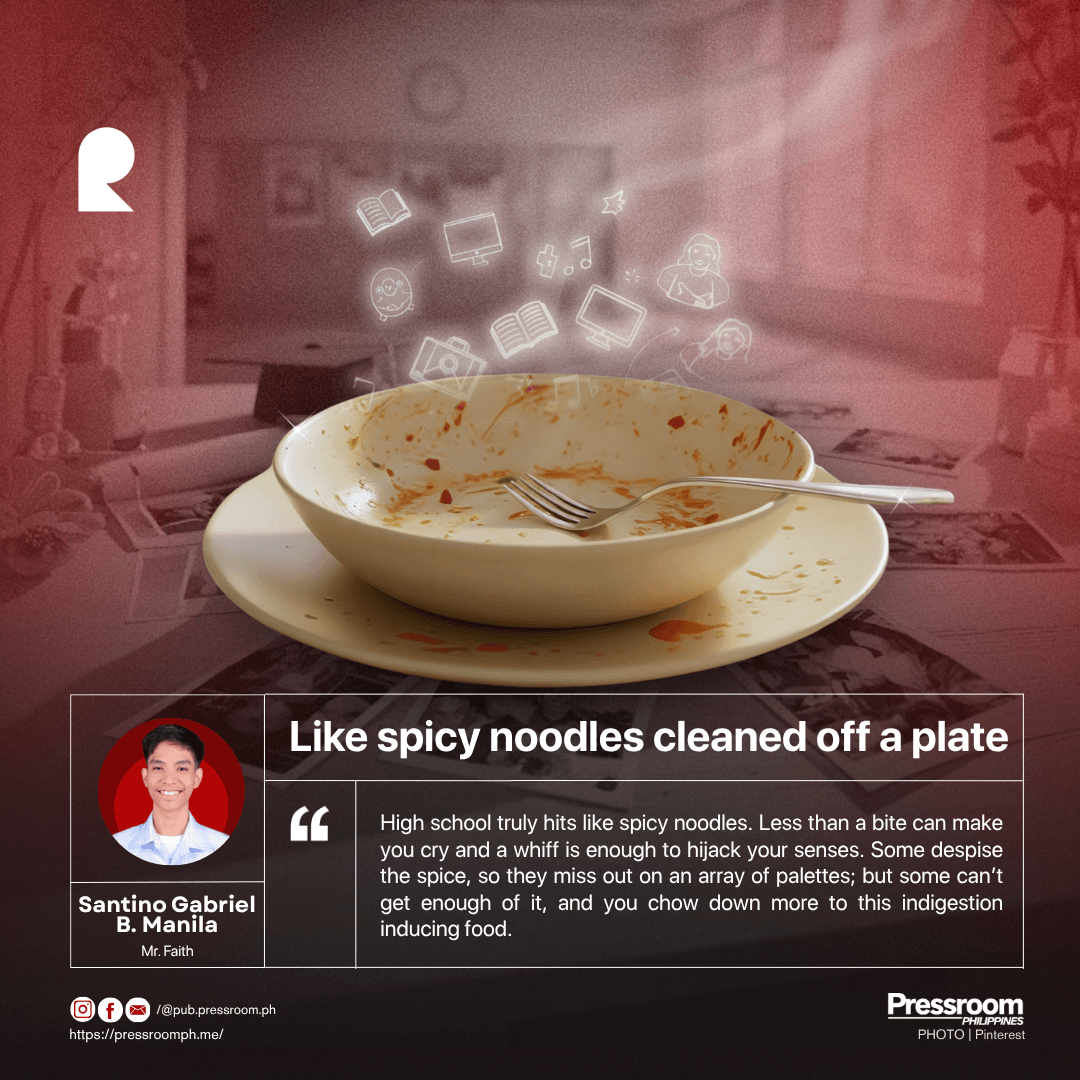A flash from my phone lit up the bedside table, illuminating a few coins beside it. The national news reported the current inflation rate to be 1.4%, a point lower than last month’s figure. Though this change might have brought national relief, it did not bring even a hint of a smile to the students’ lips.
Inflation, while it prevents deflation and encourages asset value growth, plays the role of a villain for middle- and lower-class Filipino families. Public markets once filled with laughter, time-consuming stories, and eager searches for affordable treats are now crowded with confused questions about sudden price hikes for goods. It impacts the country’s citizens on a deeper, often overlooked level, becoming the primary reason Filipino vendors and business owners lose loyal customers.
Furthermore, social media, banners, and other forms of propaganda continuously emphasize how we, as Filipino citizens, should support our own, support local businesses, and elevate our cultural identity. However, these local products have outgrown the affordability required to appeal to their target market. As time passes, this discrepancy increasingly drives the masses to buy from neighboring countries rather than supporting their own.
Moreover, inflation, the elephant in the room, will continue to affect many—not just those who lose various opportunities but also those seeking them. Students, already immersed in a flood of activities and requirements due all at once, barely have room to accommodate what seems to overwhelmingly point to financial problems.
Many elders say the real world, where the true battles occur, exists outside the school perimeter. But there is no invisible wall separating students from harsh realities and contrived scenarios. The core issue has been present from the start: school requires not only resilient thinking but also significant financial resources.
The canteen buzzes with activity as students flock there to quell their rumbling stomachs; some arrive with ample snacks, while others leave empty-handed. Given that products are priced higher than outside the school, impacting many students whose wallets reflect financial instability and adding to their existing burdens, is it justifiable to assume the real world exists only outside the school?
I come from a family that rose out of poverty. Life isn't as difficult now as it once was, but it takes considerable effort to refrain from asking for more than my parents can provide. I've grown accustomed to the idea that even when struggling to stretch my Php. 200.00 daily allowance to cover overpriced canteen products, project fees, classroom contributions, and public fair expenses, I should remain grateful for what I have. This isn't just my personal struggle; it's a byproduct of a country that often prioritizes short-term and anti-poor solutions.
The light from my phone has now faded, merging back into the darkness, with the coins I set aside already earmarked for another school contribution. While you aim to solve problems by protecting elites, rewarding political dynasties, allowing corruption to consume billions, and concentrating power in the same hands, you simultaneously increase the burden that keeps us falling behind.
Inflation, while reducing options for workers and marketers, also deprives students who, from a young age, are told that the only path to greater opportunities lies through institutions masquerading as providers of packaged education.




